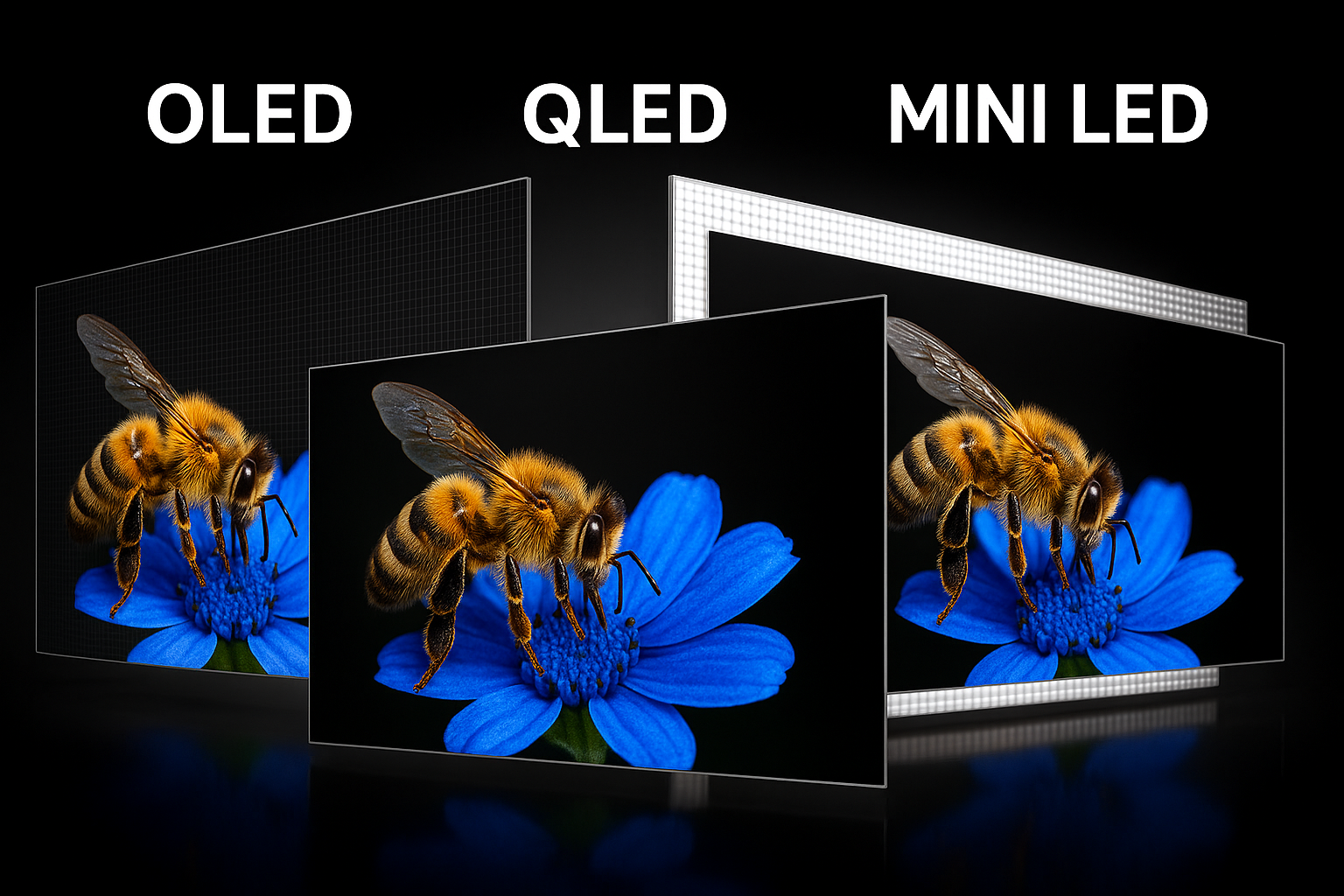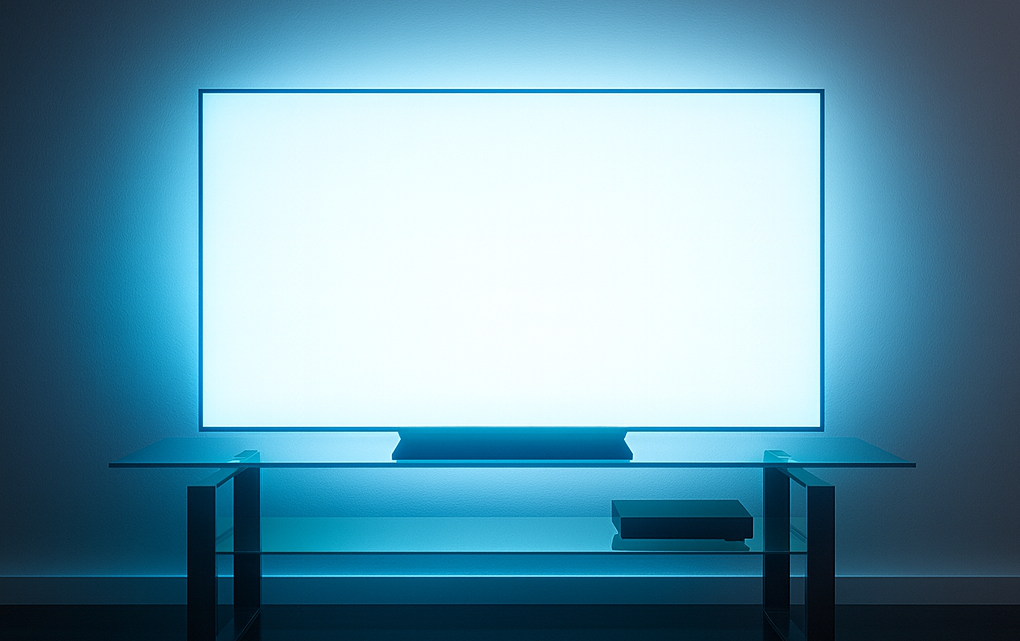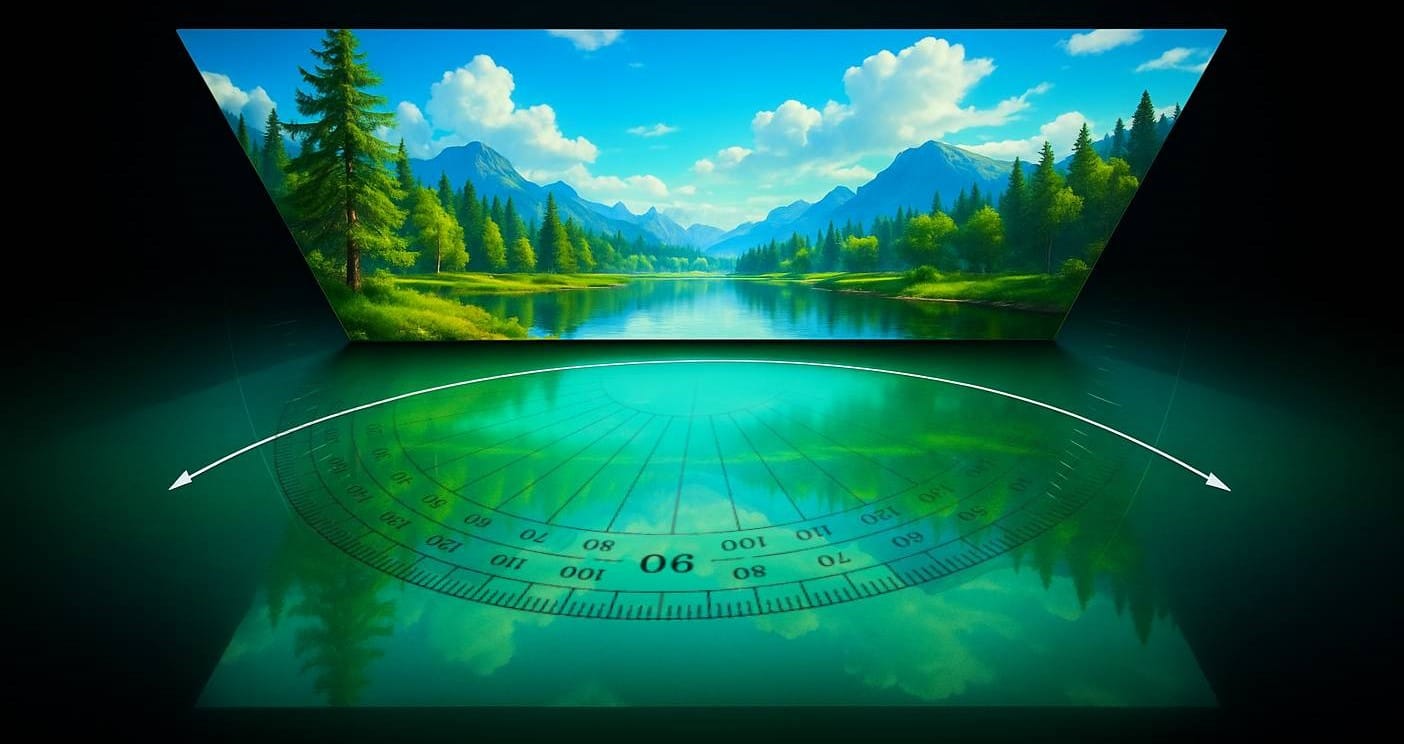OLED vs. QLED vs. Mini LED: Which TV Tech to Buy in 2025

The TV landscape in 2025 is a jumble of acronyms: OLED, QLED, mini‑LED, Neo QLED, QD‑OLED and even micro‑LED. At their core, all modern flat‑panel TVs use one of two approaches to produce images: self‑emissive panels that generate their own light (OLED, micro‑LED and QD‑OLED), or LCD panels illuminated from behind by an LED backlight (LED, QLED and mini‑LED). Understanding the pros and cons of each and the latest innovations will help you choose the right screen for your space and budget.
How the leading TV technologies work
- OLED (Organic Light‑Emitting Diode) – Each pixel in an OLED panel is its own light source, so OLED TVs don’t need a separate backlight. Self‑lit pixels can turn completely off to deliver true blacks and infinite contrast. Modern OLED panels come in different varieties:
- WOLED uses a white emitter and colour filters, resulting in outstanding black levels but lower peak brightness.
- QD‑OLED combines a blue OLED emitter with quantum‑dot colour converters to produce purer colours and better brightness.
- Primary RGB Tandem (Four‑Stack) OLED is the big upgrade for 2025. This panel stacks two blue layers with separate red and green layers, boosting brightness by up to 40 % over last year’s OLEDs while increasing efficiency and panel lifespan. Flagships like the LG’s G5 and Panasonic’s Z95 use this tech.
- Strengths: perfect blacks, infinite contrast, wide viewing angles and ultra‑fast response times – great for cinema and gaming.
- Weaknesses: lower peak brightness than LED‑based TVs (especially on entry models), risk of burn‑in with static images, higher prices and limited screen sizes.
- QLED (Quantum Dot LED) – A QLED TV is essentially a traditional LED‑LCD TV enhanced with a layer of quantum dots – microscopic crystals that convert blue light into precise red and green wavelengths. This allows QLED to produce a wide colour gamut at any brightness level. Recent improvements include Neo QLED models that swap the conventional LED backlight for mini‑LEDs: thousands of tiny LEDs that provide more local dimming zones and improved contrast. Example of product with given technology are Toshiba 70QF5D53DB and Hisense’s U8Q
- Strengths: very high brightness for well‑lit rooms, vibrant colours, HDR performance and generally lower price points. Mini‑LED backlights further boost brightness and improve contrast.
- Weaknesses: contrast and black levels are limited by the backlight – haloing and blooming can occur around bright objects. Viewing angles are narrower than OLED, though filters are improving.
- Mini‑LED TVs – Rather than a separate technology, mini‑LED refers to the backlighting used in advanced LED‑LCD TVs. Manufacturers pack thousands of LEDs behind the LCD panel to create hundreds (sometimes thousands) of dimming zones. This allows brighter highlights and finer control over dark areas than regular LED TVs, though it’s still not as precise as OLED’s pixel‑level control. Best example of Smart TV with Mini-LED matrix is HISENSE 85U8QTUK.
- Strengths: mini‑LED TVs achieve higher peak brightness than most OLEDs, making them excellent for bright living rooms and HDR highlights; they don’t suffer from burn‑in and cost less than comparable OLEDs.
- Weaknesses: despite improvements, haloing around subtitles and bright objects remains, so black levels aren’t as deep as OLED. Viewing angles also trail OLED.
- Micro‑LED (emerging) – Micro‑LED panels use microscopic LEDs that each act as a self‑emissive pixel. They combine QLED‑like brightness with OLED‑like blacks and have a modular design allowing huge custom displays. However, the manufacturing complexity keeps micro‑LED prices astronomical in 2025, so it remains a niche luxury option.
Performance showdown
Brightness

If you need a TV that looks good in daylight, brightness matters. Testing from RTINGS in 2025 shows that LED‑based TVs (including mini‑LED) are consistently brighter than OLED sets: across 45 mini‑LED and OLED models, even the dimmest mini‑LED TV outshone the vast majority of OLEDs. QLED TVs, especially Neo QLED models with mini‑LED backlights, can reach very high peak brightness levels and maintain saturated colours.
OLED brightness has improved substantially thanks to four‑stack OLED and QD‑OLED; flagship models now challenge mid‑range LED TVs. However, QLED and mini‑LED still lead for well‑lit rooms where glare is a problem. Micro‑LED offers brightness comparable to QLED while maintaining self‑emissive blacks but at a prohibitive cost.
Contrast and black levels
Self‑emissive technologies (OLED and micro‑LED) win the contrast battle. Because each pixel can turn off completely, OLED delivers perfect blacks and infinite contrast. Mini‑LED has greatly improved local dimming, but haloing around subtitles and bright objects still appears; RTINGS’ tests found OLEDs to outperform even high‑end mini‑LEDs in black uniformity and lighting precision. QLED, relying on a backlight, cannot match OLED’s black levels. Micro‑LED matches OLED’s black performance while offering greater durability.
Colour fidelity and HDR
Quantum dots allow QLED and QD‑OLED sets to achieve very pure primary colours. RTINGS notes that mini‑LED and QD‑OLED TVs produce saturated colours because they use blue backlights with quantum‑dot converters. QD‑OLED further enhances colour volume; across BT.2020 colour volume tests, QD‑OLED panels scored higher than WOLED and mini‑LED sets.
OLED still offers superb colour accuracy and, thanks to the new four‑stack panels, can deliver punchy HDR highlights. QLED TVs support HDR10+ and often Dolby Vision (though some brands drop one format), ensuring compatibility with major streaming standards. For the widest compatibility, look for a TV that supports Dolby Vision, HDR10+ and HDR10.
Viewing angle and uniformity

OLED and QD‑OLED maintain colour and brightness when viewed off‑centre; RTINGS found that OLED TVs remain accurate at much wider angles than mini‑LED or QLED sets. Mini‑LED TVs can add wide‑viewing filters, but these usually reduce contrast. QLED TVs may appear washed out if you sit far off centre.
Uniformity (how evenly a TV displays a single colour) also favours OLED: RTINGS’ gray uniformity tests show that OLEDs exhibit fewer dark or bright patches than mini‑LED TVs.
Motion handling and gaming
OLED’s instant pixel response results in blur‑free motion and minimal input lag, which gamers love. Mini‑LED and QLED TVs use LCD panels with slower pixel response, which can lead to motion blur, though high refresh rates and processing help. For gaming, ensure the TV offers 120 Hz refresh with Variable Refresh Rate (VRR) and HDMI 2.1 ports. Mini‑LED sets eliminate burn‑in concerns for static HUD elements, while OLED gamers need to avoid leaving fixed images on screen for long periods.
What’s new in 2025?
- Four‑Stack Tandem OLED (Primary RGB) drastically boosts brightness. LG’s G5 and Panasonic’s Z95B show up to 40 % more brightness than the LG G4 with MLA, improved power efficiency and longer panel life.
- QD‑OLED brightness leaps – Samsung’s S95F and Sony’s Bravia 8 II use QD‑OLED panels with higher peak brightness and colour purity, narrowing the gap with mini‑LED.
- Neo QLED and RGB mini‑LED – Samsung and TCL pack tens of thousands of mini‑LEDs into their 2025 televisions, delivering finer local dimming and high brightness at more affordable prices. New RGB mini‑LED prototypes use separate red, green and blue mini‑LEDs for even better colour and efficiency, though they haven’t reached mainstream production.
- Wide viewing angle panels – Some mini‑LED models use panels like TCL’s WHVA to improve viewing angles without sacrificing contrast.
- Micro‑LED remains a luxury – Micro‑LED displays combine self‑emissive pixels and high brightness, but they are prohibitively expensive and mainly target custom installations.
Which TV tech should you buy?
Choosing the “best” technology depends on your room conditions, usage and budget. Here’s a quick guide:
| Use case | Recommended tech | Why |
|---|---|---|
| Dedicated home theatre or dark rooms | OLED / QD-OLED | Perfect blacks and infinite contrast create cinema-quality images. Wide viewing angles ensure a great picture from anywhere in the room. New four-stack OLED panels improve brightness enough for occasional daylight viewing. |
| Bright living rooms / mixed use | Mini-LED / Neo QLED | Higher peak brightness combats glare. Mini-LED backlighting provides good contrast and no risk of burn-in. Ideal for daytime TV, sports and gaming. |
| Budget or secondary TVs | Standard QLED | Affordable and widely available in many sizes. Quantum dots deliver vibrant colours, though blacks and viewing angles are inferior. |
| High-end / commercial installations | Micro-LED | Combines the brightness of QLED with self-emissive pixels for perfect blacks, plus modular scalability. Price remains extremely high in 2025. |
Additional shopping tips
- HDR format support: look for TVs that handle all major HDR formats. Dolby Vision uses dynamic metadata and is widely supported, while HDR10+ is Samsung’s competing standard. LG still lacks HDR10+ on its OLEDs and Samsung doesn’t support Dolby Vision, so choose based on your preferred content platform.
- Gaming features: 120 Hz refresh, VRR and HDMI 2.1 are essential for the PS5, Xbox Series X and gaming PCs. OLED and high‑end mini‑LED models typically include these features.
- Burn‑in precautions: modern OLEDs have mitigations like pixel shift and screensavers, but long‑term static images still pose a risk. Avoid leaving news tickers or game HUDs on screen and consider an extended warranty.
- Energy efficiency: OLED is efficient in dark scenes because pixels turn off completely, while mini‑LED and QLED consume more power due to high brightness. Micro‑LED promises the best efficiency but isn’t yet practical.
Final thoughts
The TV market in 2025 offers something for everyone. OLED remains the gold standard for film enthusiasts thanks to its self‑emissive pixels and new four‑stack panels that push brightness to new heights. Mini‑LED and Neo QLED deliver punchy brightness and impressive contrast at lower prices, making them ideal for bright living rooms and general use. Standard QLED remains a budget‑friendly option with vibrant colours, while micro‑LED hints at a future of modular, ultra‑bright self‑emissive displays that most people still can’t afford.
Your choice should come down to where the TV will live, how you plan to use it, and how much you’re willing to spend. By understanding the strengths and trade‑offs of each technology, you can confidently pick the screen that will bring your movies, shows and games to life in 2025 and beyond.